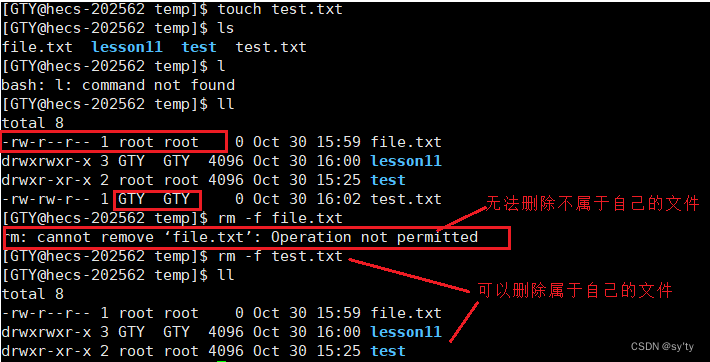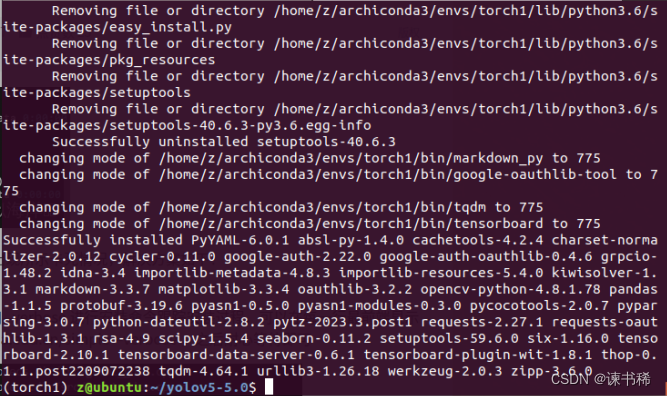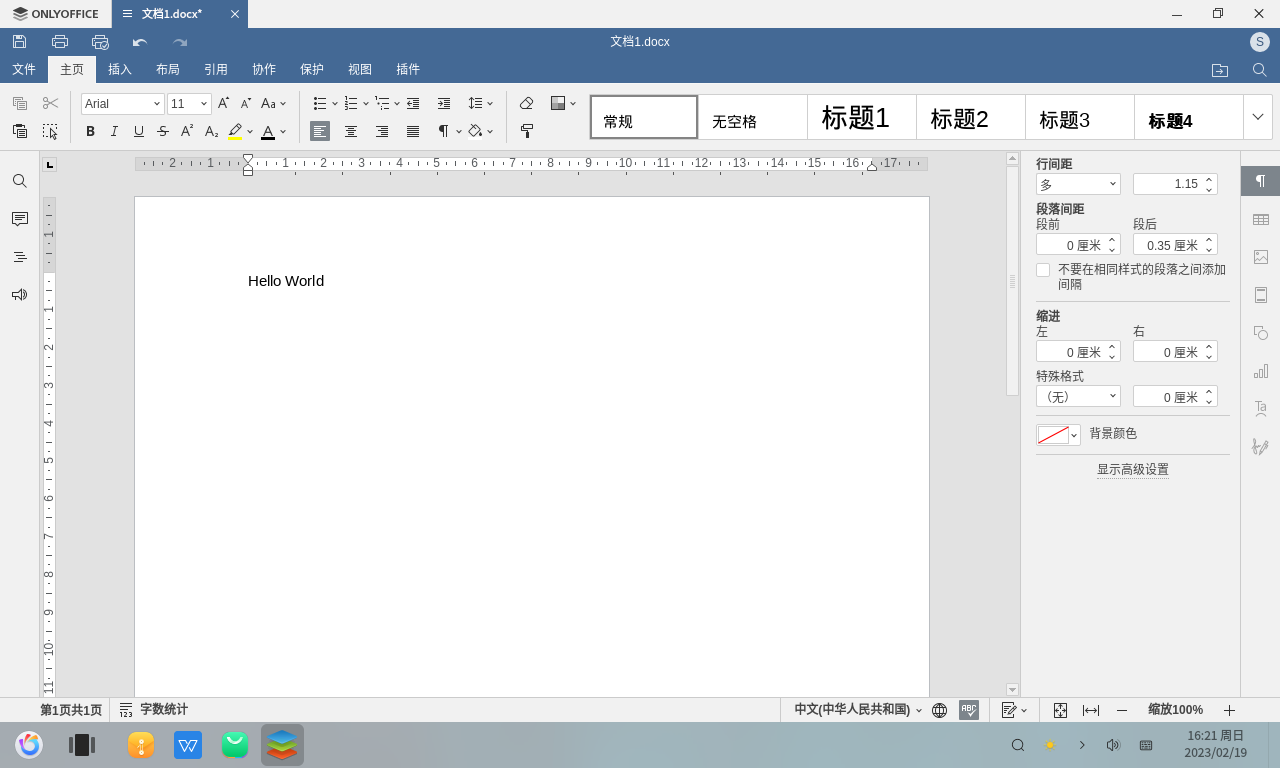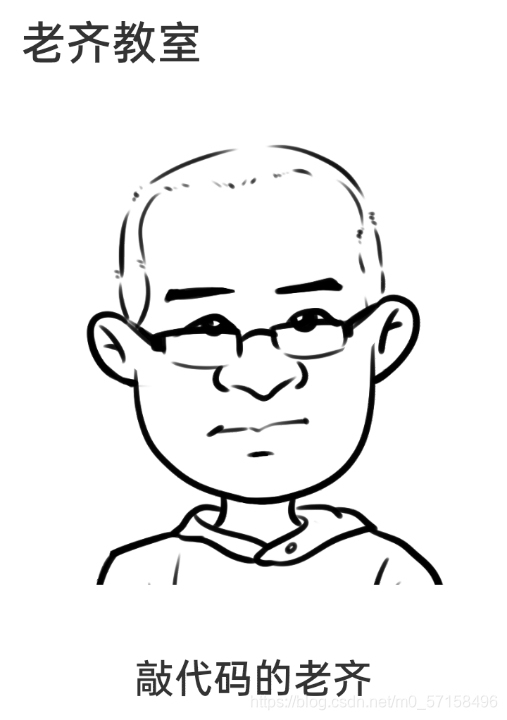1.人形识别结果






2.代码
python+OpenCV+yolov3训练库,代码如下:
#!/usr/bin/env python3
# -*- coding: utf-8 -*-
import cv2
import numpy as np
import os
imgFiles=["pic03.jpg", "pic04.jpg"]
net=None
classes=None
colors=None
def recog_person(imgFile, ratio):
print(imgFile)
global net, classes, colors
if(net==None):
# 加载模型配置和权重
net = cv2.dnn.readNet("../common/yolov3.weights", "../common/yolov3.cfg")
# 加载对象类别
classes = []
with open("coco.names", "r") as f:
classes = [line.strip() for line in f.readlines()]
# 随机颜色
colors = np.random.uniform(0, 255, size=(len(classes), 3))
# 加载图像
image = cv2.imread(imgFile)
# 获取图像尺寸
height, width, _ = image.shape
new_height = 416
new_width = int(width * (new_height / height))
resized_image = cv2.resize(image, (new_width, new_height))
# 构建输入blob
blob = cv2.dnn.blobFromImage(image, 1/255.0, (416, 416), swapRB=True, crop=False)
# 设置输入blob作为网络的输入
net.setInput(blob)
# 前向传递,获取输出层
layer_names = net.getLayerNames()
print("layer names counts=%d" %(len(layer_names)))
print(net.getUnconnectedOutLayers())
#print(length(layer_names))
#output_layers = [layer_names[i[0] - 1] for i in net.getUnconnectedOutLayers()]
output_layers = [layer_names[i - 1] for i in net.getUnconnectedOutLayers()]
outs = net.forward(output_layers)
# 初始化边界框、置信度和类别列表
boxes = []
confidences = []
class_ids = []
# 对每个输出层进行处理
for out in outs:
for detection in out:
# 获取类别置信度
scores = detection[5:]
class_id = np.argmax(scores)
confidence = scores[class_id]
# 过滤掉低置信度的预测
if confidence > ratio:
# 获取边界框坐标
center_x = int(detection[0] * width)
center_y = int(detection[1] * height)
w = int(detection[2] * width)
h = int(detection[3] * height)
# 边界框的左上角坐标
x = int(center_x - w / 2)
y = int(center_y - h / 2)
# 更新边界框、置信度和类别列表
boxes.append([x, y, w, h])
confidences.append(float(confidence))
class_ids.append(class_id)
# 非最大值抑制
indices = cv2.dnn.NMSBoxes(boxes, confidences, 0.5, 0.4)
print("indices", len(indices), indices)
print("-------------------------------")
print("class_ids", len(class_ids), class_ids)
print("classes", len(classes));
print("colors", len(colors));
print("boxes counts=", len(boxes), len(indices));
# 绘制边界框和类别标签
font = cv2.FONT_HERSHEY_SIMPLEX
for i in range(len(boxes)):
if i in indices:
x, y, w, h = boxes[i]
#label = classes[class_ids[i]]
#color = colors[class_ids[i]]
color = (128,0,128)
cv2.rectangle(image, (x, y), (x+w, y+h), color, 2)
#cv2.putText(image, label, (x, y-10), font, 0.5, color, 2)
# 显示结果图像
name, extension = os.path.splitext(imgFile)
output_filename = name + ".ai.jpg";
cv2.imwrite(output_filename, image)
for file in imgFiles:
recog_person(file,0.5)
3.注意事项
3.1 yoloV3的训练库使用的分辨率是一个正方形的分辨率,416*416或者压缩,或者是扫描。
3.2上面筛选目标对象的代码没有代入,所以误识别到了一些其他物体。
3.3 yoloV3的训练库名称是:yolov3.weight yolov3.cfg
3.4 置信概率50%。
附录A 资源消耗
- CPU Intel(R) Core(TM) i5-9400 CPU @ 2.90GHz
- 上面第三组 takes 415 ms
- 复杂场景最高 takes 1945 ms


















